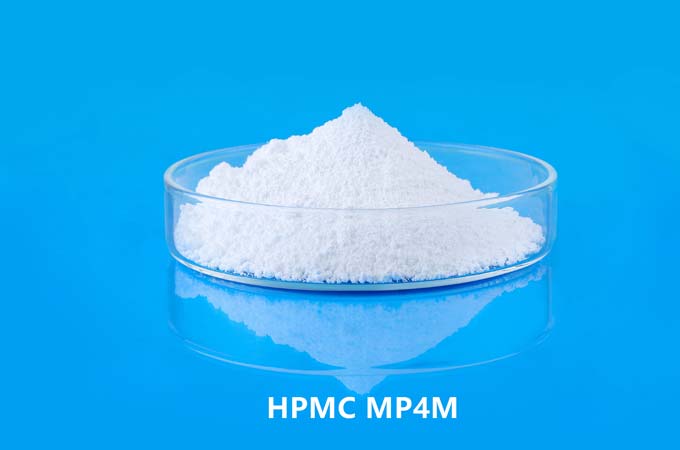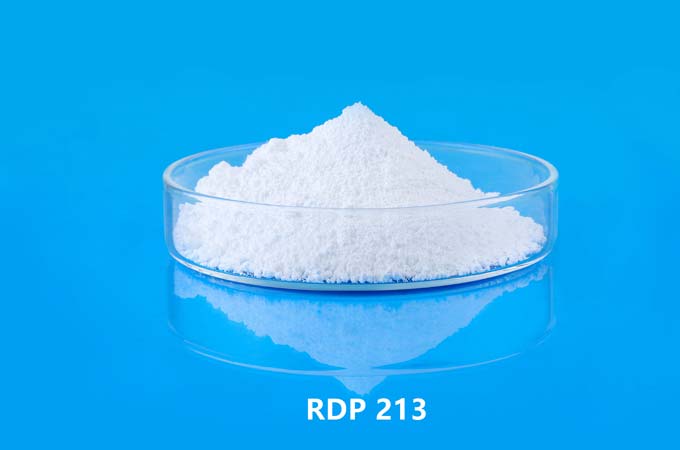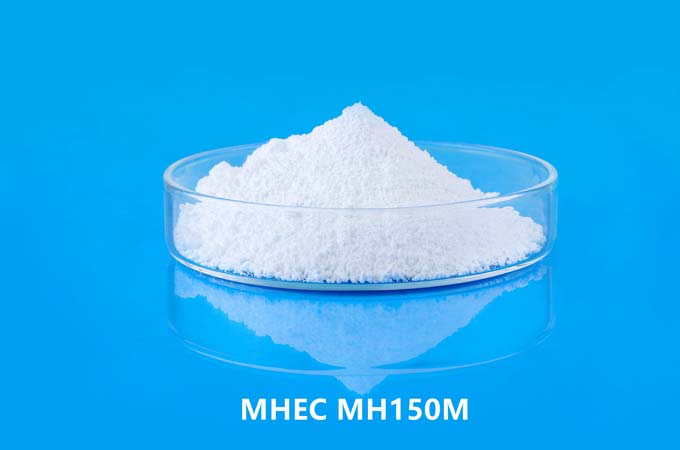Hydroxyethyl cellulose (HEC) is a non-ionic, water-soluble polymer derived from cellulose. It has garnered attention across various industries due to its versatile properties, particularly in textile sizing and coating. The use of HEC in these applications offers numerous advantages, which stem from its chemical structure and physical characteristics.
Textile Sizing with Hydroxyethyl Cellulose
Textile sizing is a crucial process in fabric manufacturing, primarily aimed at improving the strength and abrasion resistance of yarns to withstand the stresses of weaving. The application of HEC in textile sizing offers several advantages:
Improved Yarn Strength and Flexibility
HEC forms a film around the yarn, providing a protective layer that enhances its tensile strength. This protective film reduces the likelihood of yarn breakage during weaving, thereby increasing production efficiency. Additionally, HEC imparts flexibility to the yarn, enabling it to endure the dynamic stresses encountered during the weaving process without becoming brittle.
Enhanced Adhesion and Uniformity
One of the key attributes of HEC is its ability to form uniform, continuous films. When used in textile sizing, HEC ensures an even distribution of the sizing agent on the yarn surface, resulting in consistent yarn performance. This uniformity in film formation enhances the adhesion of the size to the yarn, further preventing fiber fraying and shedding.
Superior Water Solubility and Easy Removal
HEC's water solubility is a significant advantage in textile sizing. After the weaving process, the sizing agents need to be removed from the fabric in a process known as desizing. HEC can be easily washed out with water, simplifying the desizing process and reducing the need for harsh chemicals. This not only conserves water but also minimizes the environmental impact of textile manufacturing.
Textile Coating with Hydroxyethyl Cellulose
Textile coating involves applying a layer of material to the fabric surface to impart specific properties such as water resistance, flame retardance, or enhanced durability.
Hydroxyethyl cellulose serves as an effective coating agent due to its unique properties:
Film-Forming Capability
HEC is renowned for its excellent film-forming abilities. When used in textile coating, it creates a smooth, continuous layer that can be tailored to meet various functional requirements. This capability is particularly valuable in producing fabrics with specific surface characteristics, such as water repellency or improved abrasion resistance.
Improved Handle and Drapability
The application of HEC in textile coatings contributes to the improved handle and drapability of fabrics. The polymer forms a flexible film that does not compromise the fabric's softness or pliability. This balance between functionality and comfort is essential for textiles used in apparel and home furnishings, where tactile properties are as important as performance.
Enhanced Printability and Dyeability
HEC coatings enhance the printability and dyeability of fabrics. The smooth, uniform surface created by the HEC film provides an ideal substrate for printing inks and dyes, resulting in sharp, vibrant patterns and colors. This is particularly beneficial in the production of high-quality printed textiles and fashion fabrics.
Environmental and Economic Benefits
The use of hydroxyethyl cellulose in textile sizing and coating also presents significant environmental and economic advantages:
Biodegradability and Sustainability
As a derivative of cellulose, HEC is biodegradable and derived from renewable resources. Its use in textiles aligns with the growing demand for sustainable manufacturing practices. The biodegradability of HEC reduces the environmental footprint of textile waste, contributing to a more sustainable lifecycle for textile products.
Reduction of Harmful Emissions and Effluents
The application of HEC in textile processes reduces the need for synthetic chemicals and harsh solvents. This results in lower emissions of volatile organic compounds (VOCs) and reduced chemical effluents in wastewater. Consequently, the overall environmental impact of textile manufacturing is minimized, aligning with stricter environmental regulations and standards.
Cost-Effectiveness
HEC is cost-effective compared to many synthetic polymers used in textile sizing and coating. Its natural abundance and ease of production translate into lower material costs. Additionally, the efficiency gains in weaving and the simplification of the desizing process further contribute to cost savings in textile manufacturing.
Case Studies and Practical Applications
Sizing in Cotton and Synthetic Blends
In the sizing of cotton and synthetic blends, HEC has shown remarkable performance improvements. Studies have demonstrated that HEC-sized yarns exhibit higher tensile strength and reduced hairiness compared to those treated with traditional sizing agents like starch or polyvinyl alcohol. This leads to fewer yarn breakages and defects during weaving, enhancing overall productivity.
Coating for Technical Textiles
HEC-based coatings are extensively used in technical textiles, including medical fabrics, geotextiles, and protective clothing. For instance, in medical fabrics, HEC coatings provide a barrier against fluids while maintaining breathability and comfort. In geotextiles, the enhanced durability and environmental friendliness of HEC coatings support their use in soil stabilization and erosion control applications.
Hydroxyethyl cellulose plays a vital role in textile sizing and coating, offering numerous advantages that enhance fabric quality, process efficiency, and environmental sustainability. Its ability to improve yarn strength, flexibility, and adhesion, combined with its superior film-forming capabilities, makes HEC an invaluable additive in textile manufacturing. Furthermore, its biodegradability and cost-effectiveness align with the industry's shift towards sustainable practices. As the textile industry continues to evolve, the adoption of hydroxyethyl cellulose is likely to increase, driven by its proven benefits and versatility.
 English
English 日本語
日本語 français
français Deutsch
Deutsch Español
Español italiano
italiano русский
русский português
português العربية
العربية Türkçe
Türkçe Nederland
Nederland



